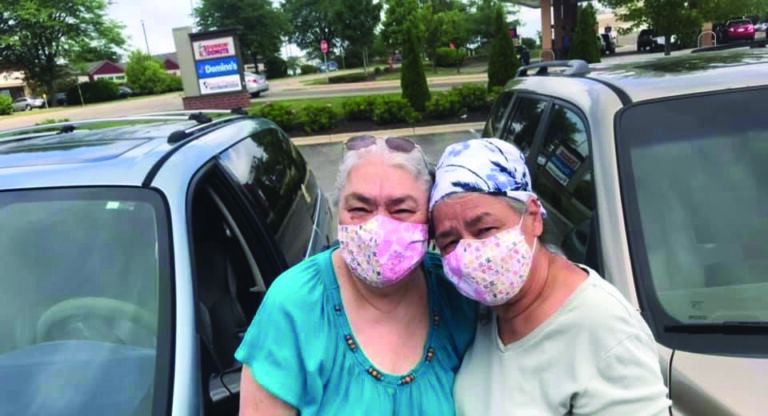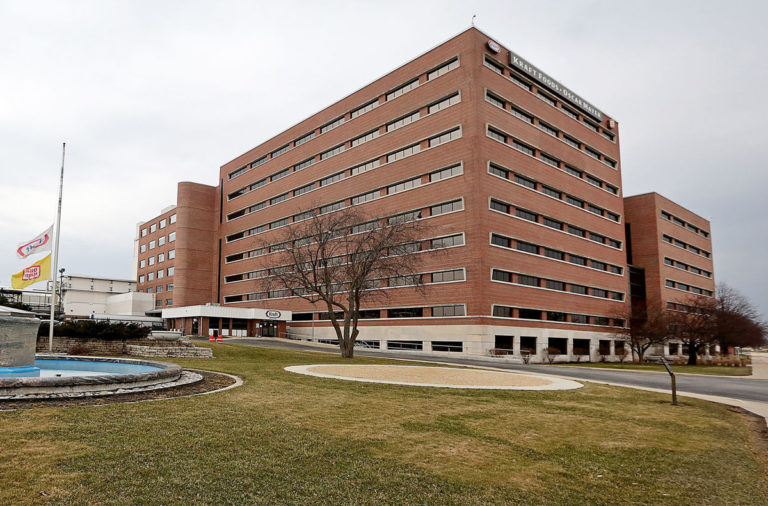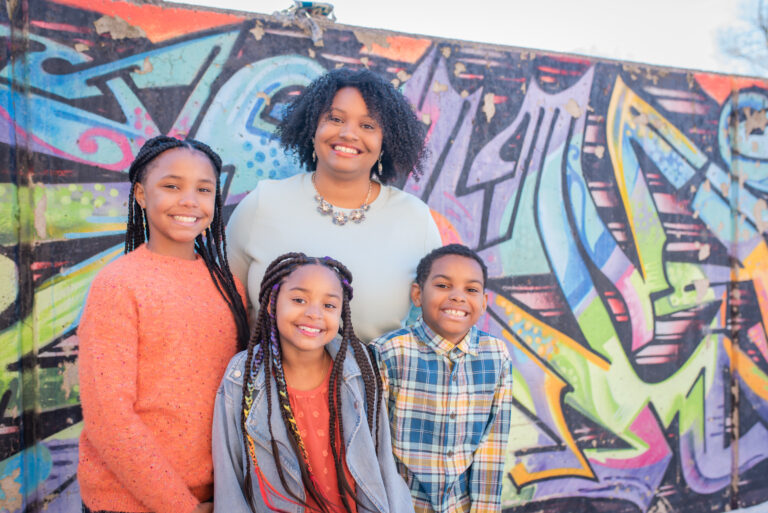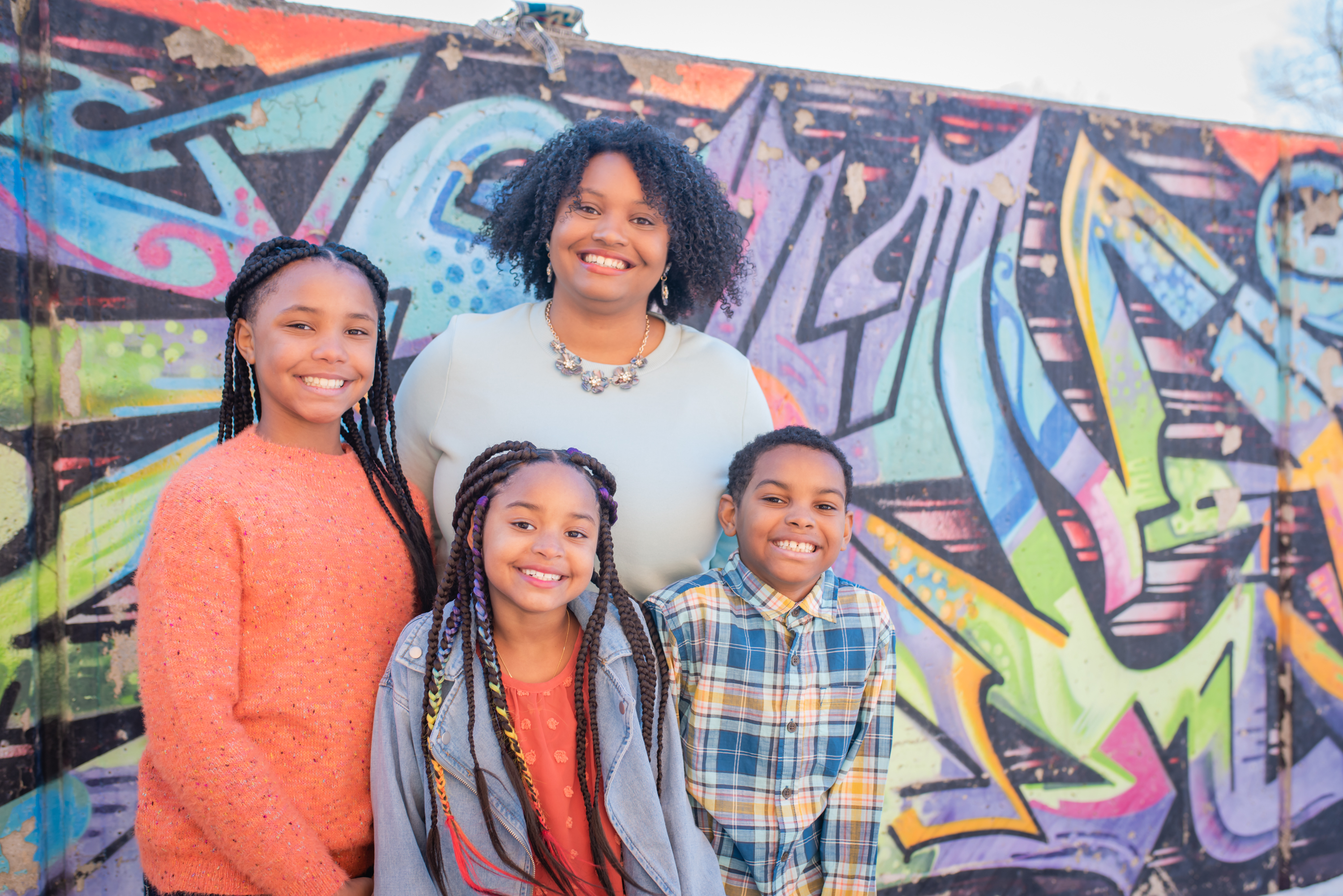By Anita Weier
Northside News
District 18 Alder Rebecca Kemble faces opponents Charles Myadze and Veronica Figueroa Velez in the Feb. 16 primary election. The two with the most votes in the primary will proceed to the April 6 general election.
Kemble, 55, was first elected to the council in 2015 and was twice re-elected. She has emerged as a leader of liberal causes on the council. She also is a leader of the U.S. Federation of Worker Cooperatives and of an international federation.
She earned a bachelor’s degree in anthropology and African studies from the University of Massachusetts-Amherst and a master’s degree in those subjects from the University of Wisconsin-Madison. She is married and has three grown children.
She has worked as an academic dean for UW-Madison and recently served as chief of staff for former state Rep. Chris Taylor. Kemble is a long-time worker-owner of Union Cab Cooperative. She co-owns a snow removal business with her husband.
Kemble is proud of working with the Madison and DeForest school districts to ensure that children in proposed developments on Sherman Avenue and Wheeler Road would be able to attend school in Madison instead of traveling to DeForest. She also is striving to expand the Warner Park Community Recreation Center to provide more space for youth activities.
She has been a leader in establishing civilian oversight of Madison Police Department, helping develop an ordinance creating a Civilian Oversight Board and an independent monitor.
Opponent Charles Myadze said he wants to be “a voice for a safer Northside.” “We need to sit down with the police and do more community outreach,” he said. “We do not need alders saying defund or abolish police instead of working with them.”
As a member of the city’s Public Safety Review Committee, he has pushed the committee to work in a “more collaborative fashion” in 2021. He is also a community coordinator for the NAACP.
Myadze, 45, has lived in Madison 30 years and on the Northside for 10 years. He is enrolled in a business management program at Madison College, where he also earned a certificate in computer numerical control. He has been employed for 23 years as a product tester at Goodyear/Continental in Sun Prairie, where he is an active union member. “I test brake hoses for vehicles,” he said. “If your brakes fail, it was not on my shift.”
“I am a proud single father who shares custody of three children,” two in college and one at East High School, Myadze said.
He supports body cameras for police and criticizes Kemble for opposing them. Kemble says research has shown that data storage and management for body cameras is incredibly expensive and cameras only present views of what is in front of police, not what officers do. But Myadze contends that “Our current alder has stopped listening to the voices of the larger community. I am running because the current alder has lost touch with what really matters on the Northside. My campaign is based on expanding the table where the voices of all Northsiders will be represented versus the chosen few.”
“As a young man growing up in the Wisconsin foster system, I understand the burden and pain of being silenced, ignored and berated by ‘experts’ who tell us they know what is best for us,” Myadze said.
Veronica Figueroa Velez, 47, is executive director of UNIDOS, a statewide nonprofit that advocates for and supports victims of domestic violence, sexual assault and human trafficking. She also is interim director of Dane Arts Mural Arts. She has lived in Madison since 1994, after moving here from Puerto Rico.
“I think it is time we diversify the council a little more,” Velez said.
She wants to address the issues of violence and homelessness. “I want to establish long-term goals and a plan for creating safety instead of over-patrolling our streets,” Velez said. “We should invest in communities’ natural leaders and families and empower people. Let’s work together to boost our neighborhoods.”
She is concerned by increasing gun violence. “I don’t see kids playing outside. I hear gunshots. It breaks my heart.”
She wants people to be able to explore the beauty of the Northside. “To nurture children, we also need to make sure they can afford to stay here. We should invest in families and housing.”
Velez came back to the Northside three years ago after living on the Eastside for several years. She has two teenage children in local public schools.
She has degrees in liberal arts and graphic design from Madison College and a bachelor’s degree in art therapy from Edgewood College. She is an artist who creates murals to beautify the community, including one at the Dane County Job Center. If elected, she promises that she “will work hard, like I always have.”





